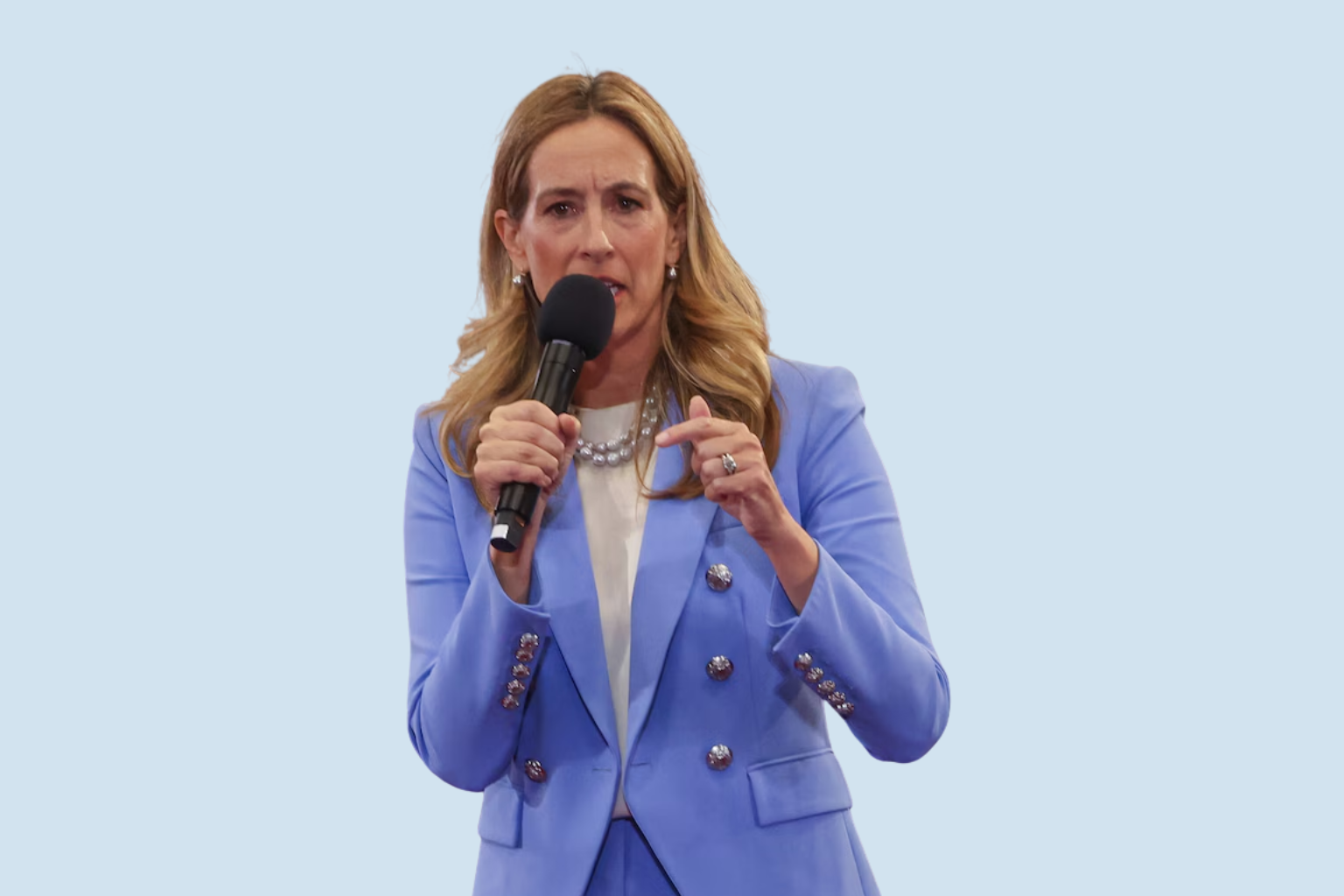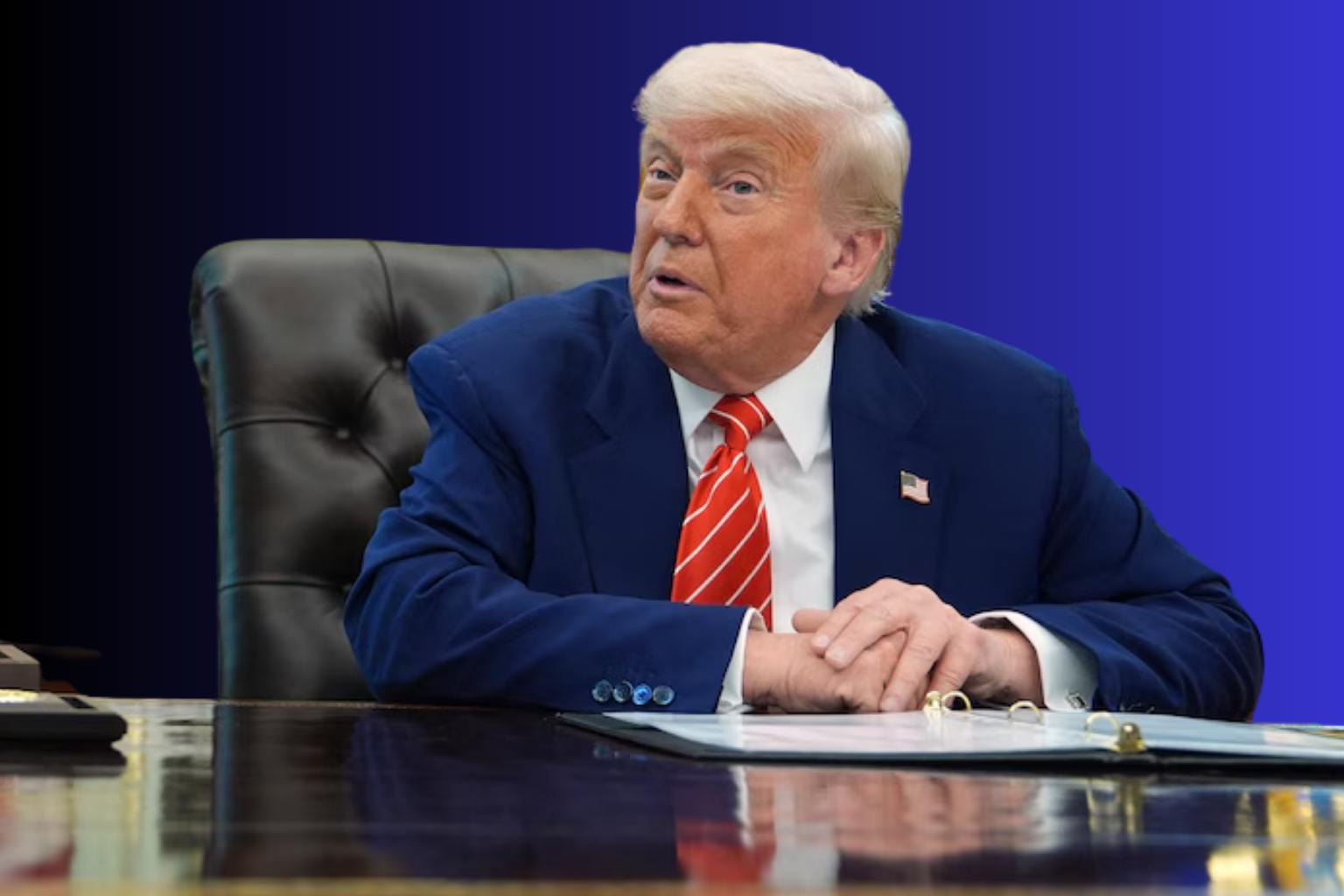How New Jersey’s Next Governor Intends to Reimagine Commuting

New Jersey voters are focusing on commuting improvements for the gubernatorial election. The next governor will need to revamp the state’s transportation infrastructure to reach millions of people everyday with aging roads, crowded rail lines, and increased demand for reliable travel. Two leading contenders have outlined their approaches to this task.
One candidate says boosting fees or taxes to fund the major commuter agency is unsustainable. She prioritizes effective asset use, providing service to disadvantaged communities, and avoiding taxpayer burdens to create revenue. She suggests employing unused transit agency real estate, advertising, station expansion, and transit-related projects to close revenue shortfalls without affecting riders or companies. She promises to upgrade infrastructure and improve rail and bus service for thousands of commuters.
Opponents approach differently. He advocates leasing or selling large surface parking lots, outdated maintenance yards, and other transit-adjacent land to reduce state costs and give local government or private enterprise more responsibility. He questions whether the current model holds the system accountable to taxpayer expectations, claiming that market-driven methods may enhance performance and lower long-term costs. Both candidates agree that the enormous public transit agency’s footprint has great potential, but their redevelopment and income strategies differ.
Both solutions acknowledge New Jersey’s transportation reality. A key rail bridge is being replaced by the North Jersey Coast Line to increase rail speeds, storm resilience, and passenger delays. These infrastructure limits show why some consider the commute a key New Jersey economic issue. The next governor must improve train and driving service on major routes and bridges that carry tens of thousands of vehicles daily.
A state financial decision awaits. More of the same seems insufficient as many commuters utilize a decades-old transit system. Next administration’s challenge: restore service and rethink state transportation in the future decade. Would it encourage rail, bus, or micro-transit in underserved suburbs? Will property be repurposed to raise money or highways and bridges redesigned to minimize congestion? How the next governor handles these issues might affect millions.
Commuters risk personal outcomes. Delays in traffic mean extra time away from home, which might hurt professional chances or daily living. After decades of underinvestment, taxpayers worry about equity and sustainability—how to modernize and maintain vital infrastructure without unsustainable expenses. Smoother transportation helps businesses reach more personnel and markets. The next governor’s mobility strategy will influence New Jersey’s regional competitiveness, workforce assistance, and demographic trends, not just a campaign promise.
A candidate who can convincingly improve, speed up, and fairen commuting may win. The next governor must produce build-and-maintain or asset-leveraging and redevelopment results. Future New Jersey will depend on managing this transformation through money, strategy, and collaborations.
Sources
candidates for governor on transportation plans, transit asset redevelopment opportunities, and infrastructure investment in New Jersey.




